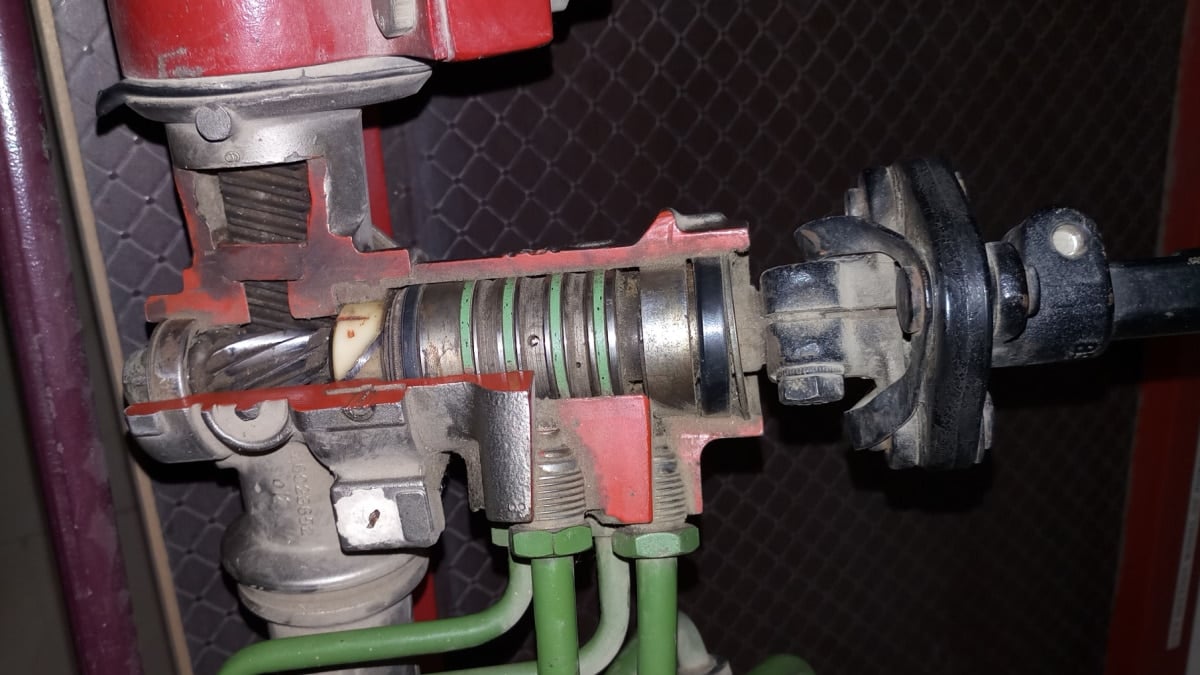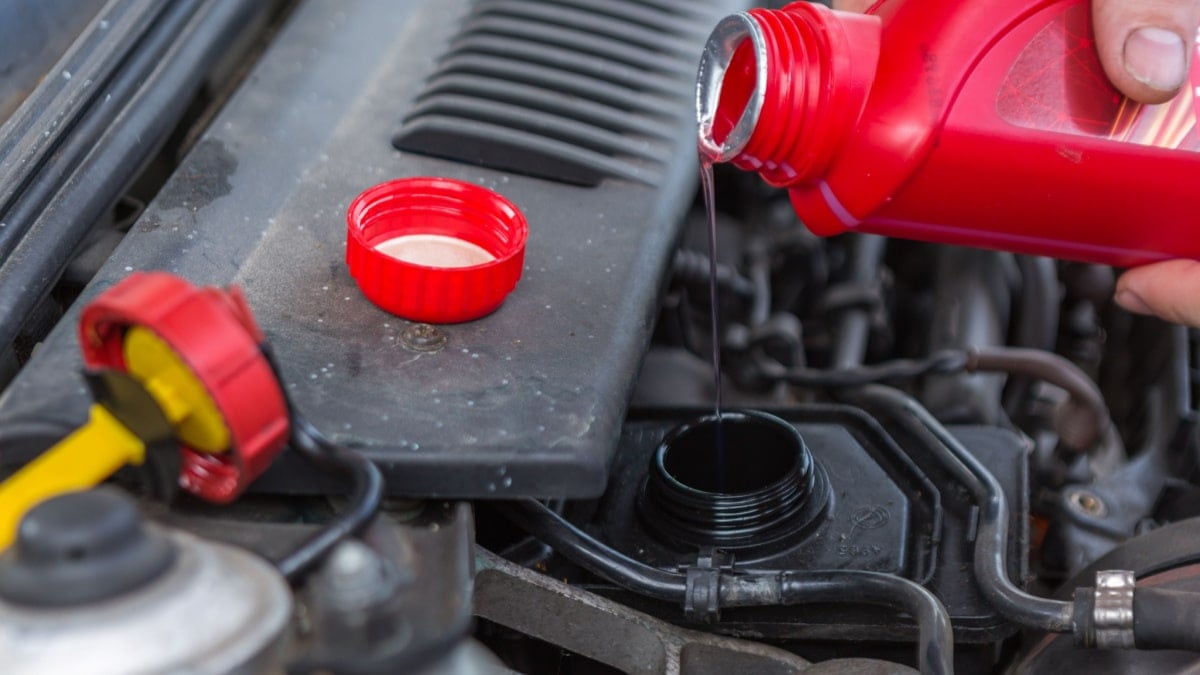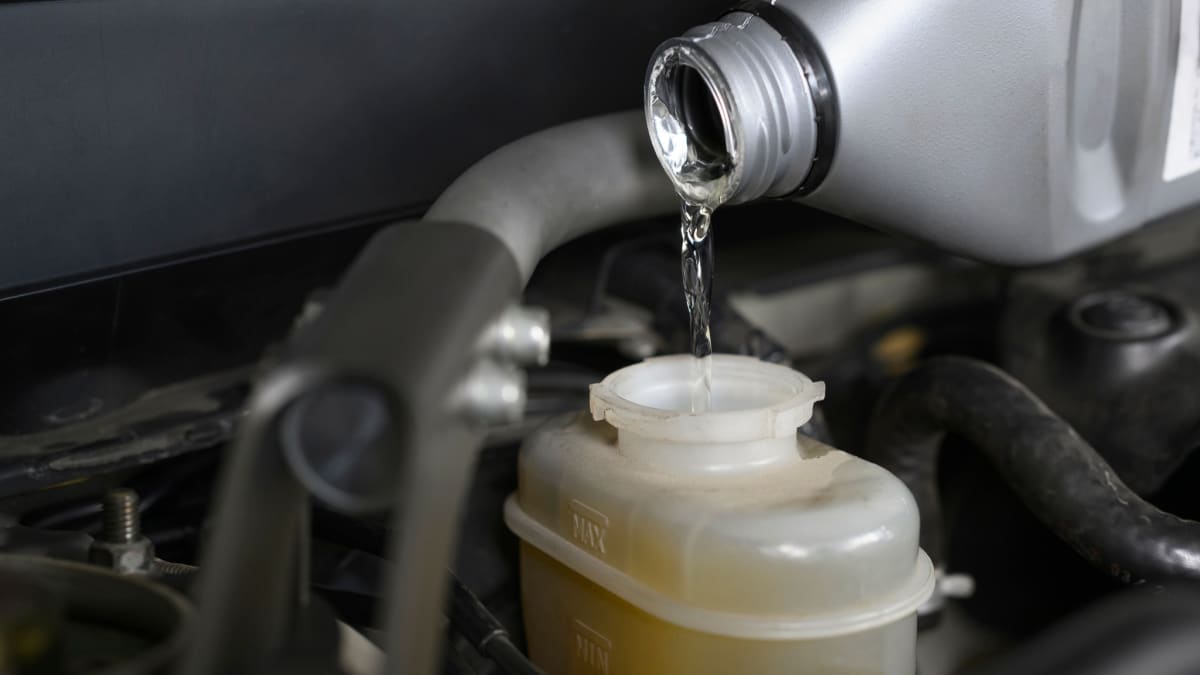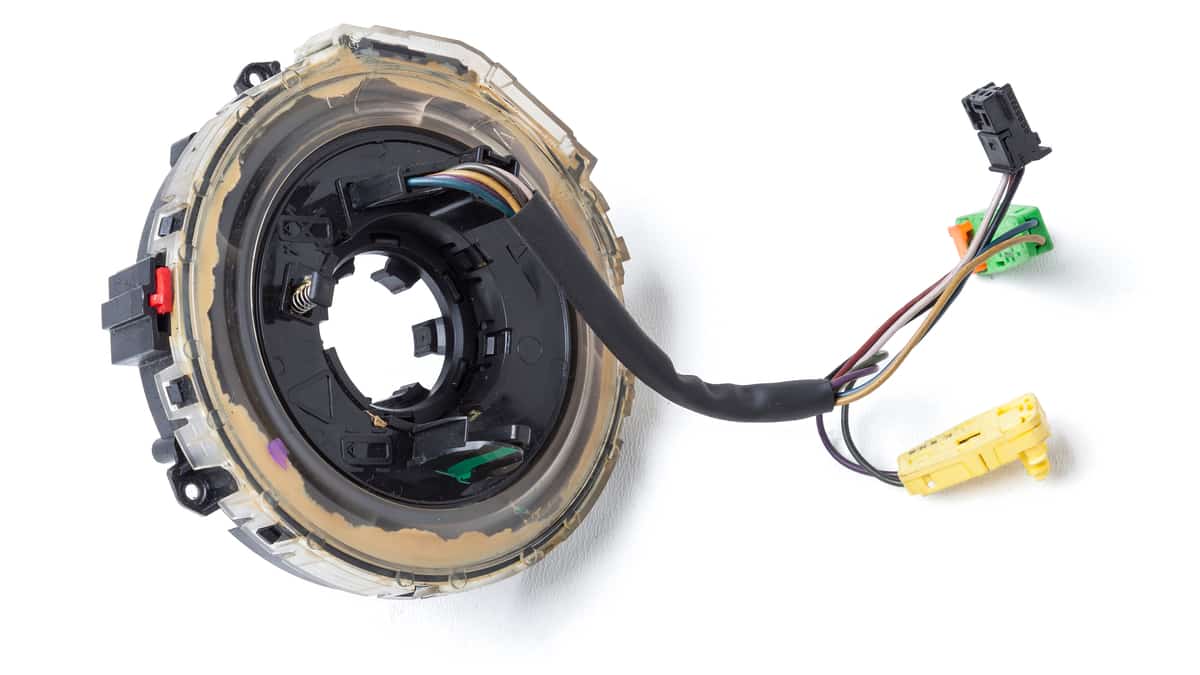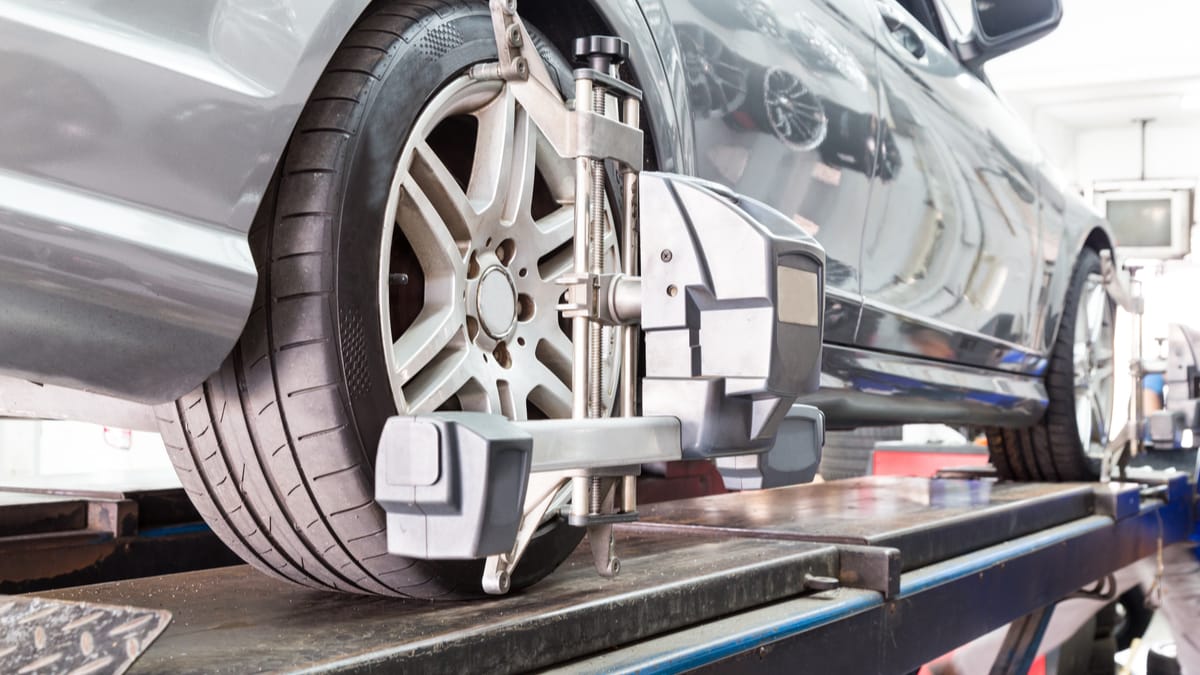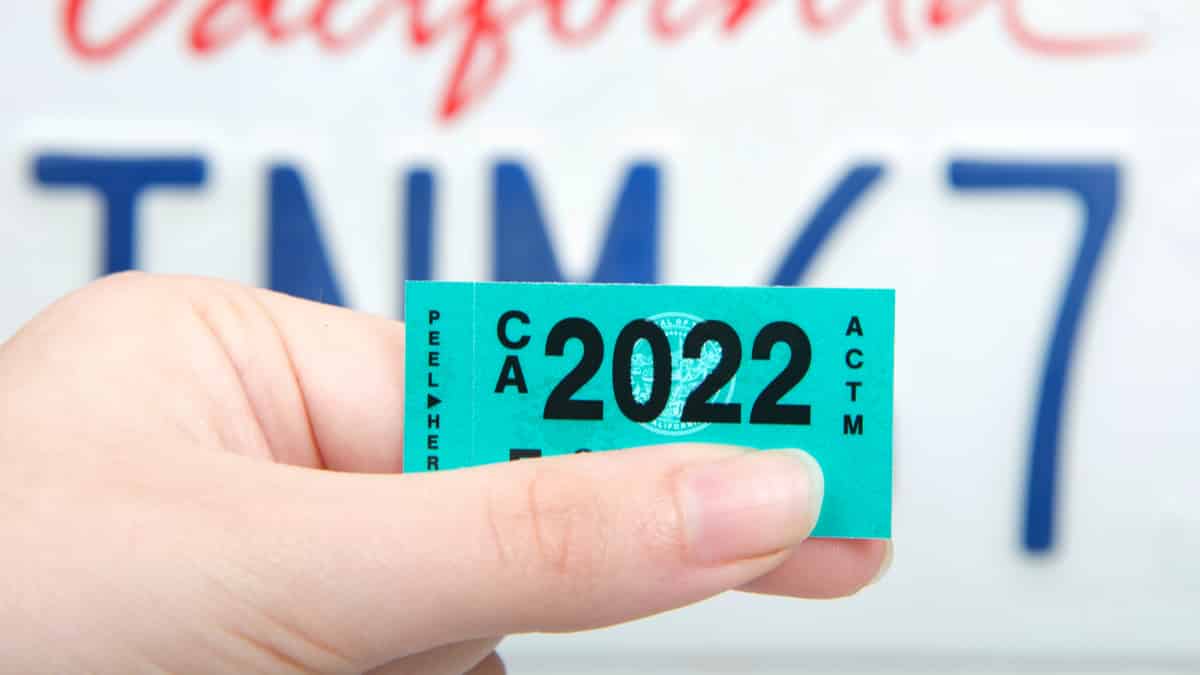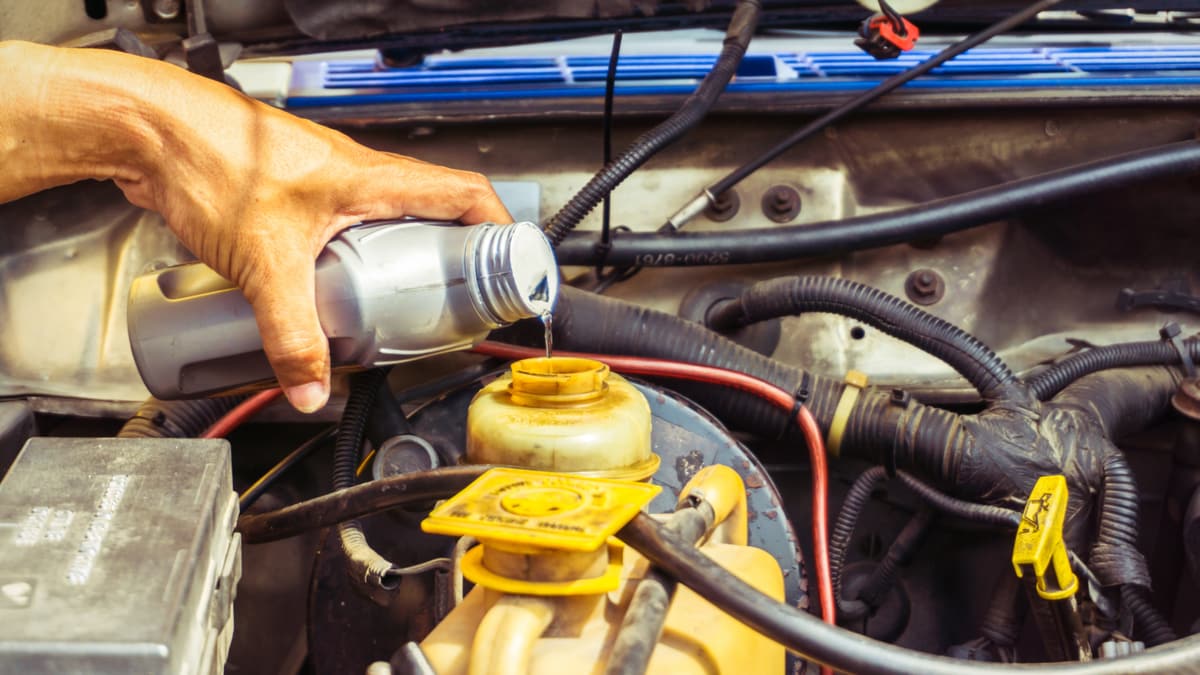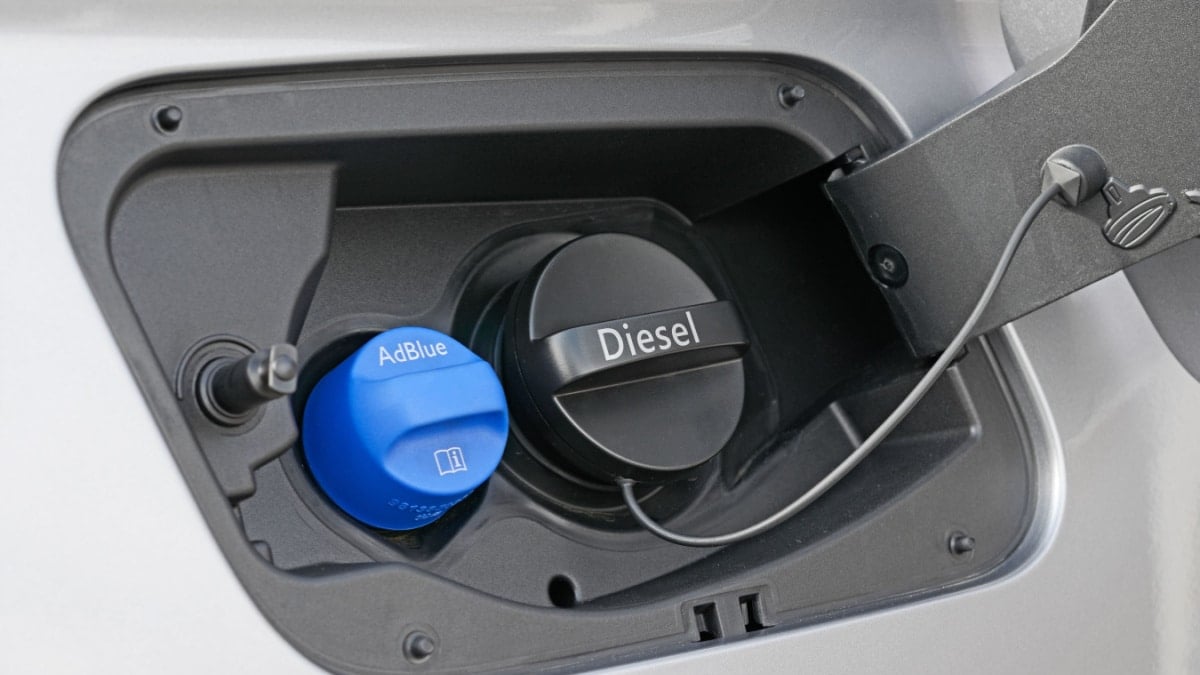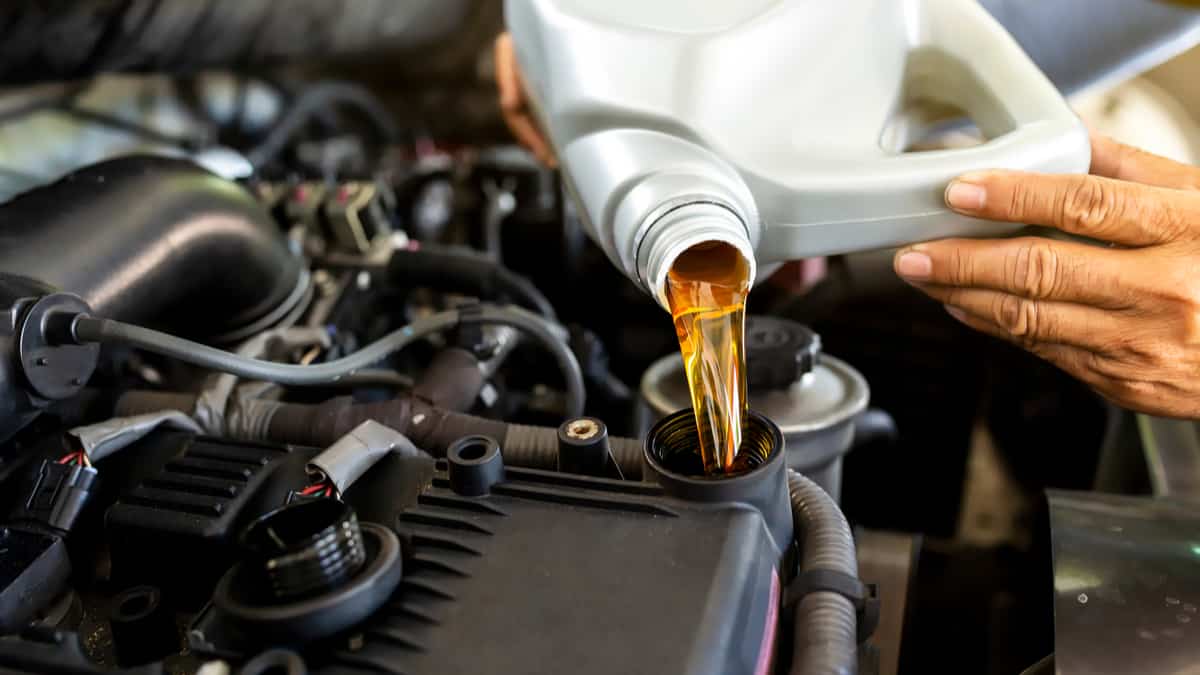It’s unlikely that you give much thought to how the steering works in your vehicle, but maybe it’s time to change that. With the rise in rack and pinion steering in today’s automobiles, it’s helpful to know how this system works.
In this guide, I cover the basics of the rack and pinion steering system. This article covers the history of the system and touches on both the positives and negatives of having a car with this kind of steering. I also show you some of the problems this system is known for, along with approximate repair costs, so you know what to expect.
What is Rack and Pinion Steering?
The rack and pinion steering system contains the circular gear, known as the pinion, and the linear gear, known as the rack. Revolving movement is converted to linear motion through this system on most passenger cars, SUVs and compact trucks. It replaces a recirculating ball system found on larger vehicles.
The pinion rotation causes the rack to move in a linear movement. This action turns the wheels to either side. Basically, the system features a gear that’s connected to it’s toothed bar. This toothed bar connects to tie rods.
Rack and Pinion Steering History
It’s been fewer than fifty years since United States car manufacturers have been using rack and pinion systems. It took much longer for these companies to see the benefits. However, other countries were not as slow to make the advancements. According to Hemmings, BMW used the rack and pinion gearbox back in the 1930s.
Many years later, in 1974, Ford finally decided to be the first domestic brand to implement it. In that year, Ford used it on the Pinto and Mustang II. By the following year, AMC was also using the technology. In 1975 models, you can find a rack and pinion system on the Pacer. Still, Chrysler and GM would be much further behind, not using it until the next decade.
RELATED: 4-Wheel Steering Systems: Pros, Cons (& Cars That Have It)
Rack and Pinion Steering Benefits
1. Simple Design
There’s no other modern steering design that’s as simple. There are only two moving parts included in the system.
This simple design also means there’s less friction. With the positive engagement, you can expect a responsive and tight feel while steering.
2. Fewer Wear Points
With such a simple design, there are fewer wear points. When it comes to the linkage, there are only four points that wear.
To start, the inner tie-rods provide one wear point. The other is the outer tie-rod ends.
RELATED: Hydraulic vs Electric Power Steering – Differences, Pros & Cons
3. Light Weight
The rack and pinion system is lighter than the recirculating ball system that was once considered traditional. Without the Pitman arms, idler arms, tie rod sleeves and center links, you can count on a dramatic drop in weight.
This lighter weight ensures you achieve maximum fuel economy. You don’t need to be a race car driver to care about how much the vehicle weighs, especially if you want to save money at the pump.
4. Added Clearance
The simple design makes the rack and pinion system a more superior fit in many cars. There’s added clearance for your headers.
Plus, it’s easier to get into certain vehicles. For example, the FWD vehicle often comes equipped with rack and pinion steering because it can fit nicely alongside the transverse configuration. Manufacturers spend less time getting everything installed, which saves them time.
RELATED: 6 Signs of a Bad Power Steering Pump (& Replacement Cost)
Rack and Pinion Steering Disadvantages
1. Less Travel
Not everything is perfect with the rack and pinion system. There are limitations with the number of teeth that manufacturers can cut into the steering rack.
Because of this limitation, there’s less travel. You won’t get as much travel as you would with the recirculating ball system.
2. Hard to Retrofit
If you have an older vehicle, you might have a difficult time getting a rack and pinion system into the car. If you aren’t mechanically inclined, you may need to get professional help from a local shop that will tackle the job.
Very often, the frame must be notched and the sway bar needs to be relocated. You must also be versed in geometry because calculations will be needed to ensure proper handling and control. If you purchase an aftermarket front subframe, you may be forced to use a rack and pinion steering system.
3. Can be Expensive
There are some companies that sell rack and pinion steering configurations meant for a retrofit application with a stock subframe. With this kit, you won’t have as much work to perform and the geometry will already be done for you, so there’s less that can go wrong.
However, everything that’s convenient is also more expensive. If you are planning to purchase a rack and pinion steering kit, you can expect to pay more than if you perform the upgrades yourself. You have to weigh the benefits of having the job done for you and see if it’s worth the extra cost.
RELATED: Steering Wheel Hard to Turn? (Here’s What Causes it)
Common Rack and Pinion Steering Problems
1. Fluid Leakage
You don’t need drive a vehicle with a rack and pinion steering system to deal with fluid leaks. The reality is that all steering systems can end up with a power steering fluid leak.
However, it seems to be a problem that’s more common with the rack and pinion configuration. If fluid starts to leak, it’s important to have it fixed immediately before the rack starts to overheat or the gears begin to fail.
2. Burning Oil Smell
If you start to smell oil, you might automatically think that there’s something wrong with your engine. However, it’s important to check the power steering fluid as well.
Power steering fluid smells just like oil when it starts to burn. If you are dealing with a leak or the rack has overheated, you might be facing a failure of the rack and pinion steering system.
3. Tighter Steering Wheel
In general, it shouldn’t be difficult to steer with this rack and pinion system. If the wheel gets hard to turn, there could be a problem.
Sometimes, the issue lies in a failing steering rack. Otherwise, it could be due to a lack of fluid pressure within the system. To resolve this, you may simply need to add some extra power steering fluid.
4. Grinding Sounds
When you hear a grinding noise, it should cause a lot of alarm. While any system with gears can lead to a grinding sound, you may think it’s the transmission at first. However, you can tell it has to do with the steering based on when the grinding noise occurs.
With grinding happening, you know that the gears in the rack aren’t getting the lubrication that’s needed. If left unchecked, you will need to get the steering rack replaced.
RELATED: 3 Different Power Steering Fluid Types (& How to Change)
Cost to Fix Rack and Pinion Steering
If you need to have the rack and pinion steering system replaced, you are looking at a hefty repair bill. On average, it could cost you $1,500 to $2,000 to have this system replaced. The labor charges should only add about $300 to $400 to the bill unless you can perform the job yourself. On the other hand, the majority of the cost is centered on the parts themselves, with a total of around $1,200 to $1,600.
Thankfully, it’s unlikely that you will deal with a failed rack and pinion steering system as long as you keep the power steering fluid full. The system is made to last the lifetime of the vehicle. It typically only fails because of a lack of maintenance or as the mileage gets excessively high. It would be extremely rare to replace this system if your vehicle has 100,000 miles on it or fewer.
Still, it’s helpful to be alert to possible problems. Fluid leaks are a top sign that something is wrong. You may also hear a clunking, grinding or whining noise as you attempt to turn the steering wheel. You should also pay attention to any change in how the steering wheel feels. When the rack and pinion system fails, it can be difficult to steer, especially at lower speeds. However, you don’t want to overlook the possibility that something is wrong if the steering gets loose.
Is rack and pinion steering the same as power steering?
Modern cars use both rack and pinion steering and power steering. The rack is the steering rack itself and the power steering pump ensures that it is easy to turn the steering wheel in your car.
How do I know if my rack and pinion or power steering pump is bad?
It can be quite difficult to determine which one is bad. However, if you notice noise coming from the power steering pump while driving, it is very likely that it is bad. The easiest way is to check the power steering pump pressure, if there is no pressure then the pump is bad and if there is good pressure, the steering rack is most likely bad.
How do I know if my rack and pinion is bad?
If you feel that your steering has become uneven and rough, and if the power steering pump is working fine, it is very likely that your steering rack is bad. However, you need to check the power steering pump pressure before you can determine that.
RELATED: Power Steering Assist Fault – Meaning, Causes & Fixes
Categories: Suspension
